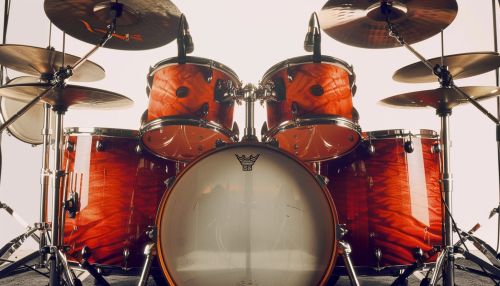Rhythm
Introduction
Rhythm, in music, is the systematic arrangement of musical sounds, primarily in time. It is a fundamental aspect of music, alongside melody and harmony. Rhythm is a complex, multi-faceted topic that encompasses beat, meter, tempo, and syncopation, among other elements.
Understanding Rhythm
Rhythm is the pattern of sound created by the arrangement of stressed and unstressed syllables in a beat, or the arrangement of notes in time. It is the driving force of all music and is present in all musical cultures worldwide. Rhythm can be simple or complex, and can be manipulated to create different emotional effects.


Elements of Rhythm
Beat
The beat is the basic unit of time in music, the pulse of the musical bar, a steady succession of identical, evenly-spaced pulses. The beat is what we tap our foot to when we listen to a piece of music, and it is the base from which all other rhythmic elements are derived.
Meter
Meter is the grouping of beats into regular units called measures or bars. The meter of a piece of music is indicated by its time signature. The most common meters are duple (two beats per measure), triple (three beats per measure), and quadruple (four beats per measure).
Tempo
Tempo is the speed or pace of the beat. It is usually measured in beats per minute (BPM). The tempo of a piece of music can greatly affect its mood and character.
Syncopation
Syncopation is a rhythmic device that involves disrupting the regular flow of rhythm by placing emphasis on normally unaccented beats or using rests on normally accented beats. Syncopation is a common feature in many styles of music, including jazz, reggae, and funk.
Rhythm in Different Musical Styles
Rhythm plays a crucial role in different musical styles. In classical music, rhythm is typically regular and symmetrical, based on the structure of the composition. In contrast, in jazz and blues, rhythm is often more complex and syncopated, with a greater emphasis on improvisation. In pop and rock music, rhythm is often driven by a strong, steady beat, with a focus on the rhythm section of the band.
Rhythm and Dance
Rhythm is also an essential element of dance. In dance, rhythm is expressed through movement in time to the music. Different styles of dance have different rhythmic characteristics. For example, the waltz is based on a triple meter, while the tango uses a duple meter.
Rhythm in Non-Musical Contexts
Rhythm is not limited to music and dance. It is also found in poetry, where it is created through the arrangement of syllables and the pattern of stressed and unstressed syllables. In visual arts, rhythm can be created through the repetition of shapes and colors. Rhythm is also a key component of film editing, where it is used to control the pacing and flow of the film.
